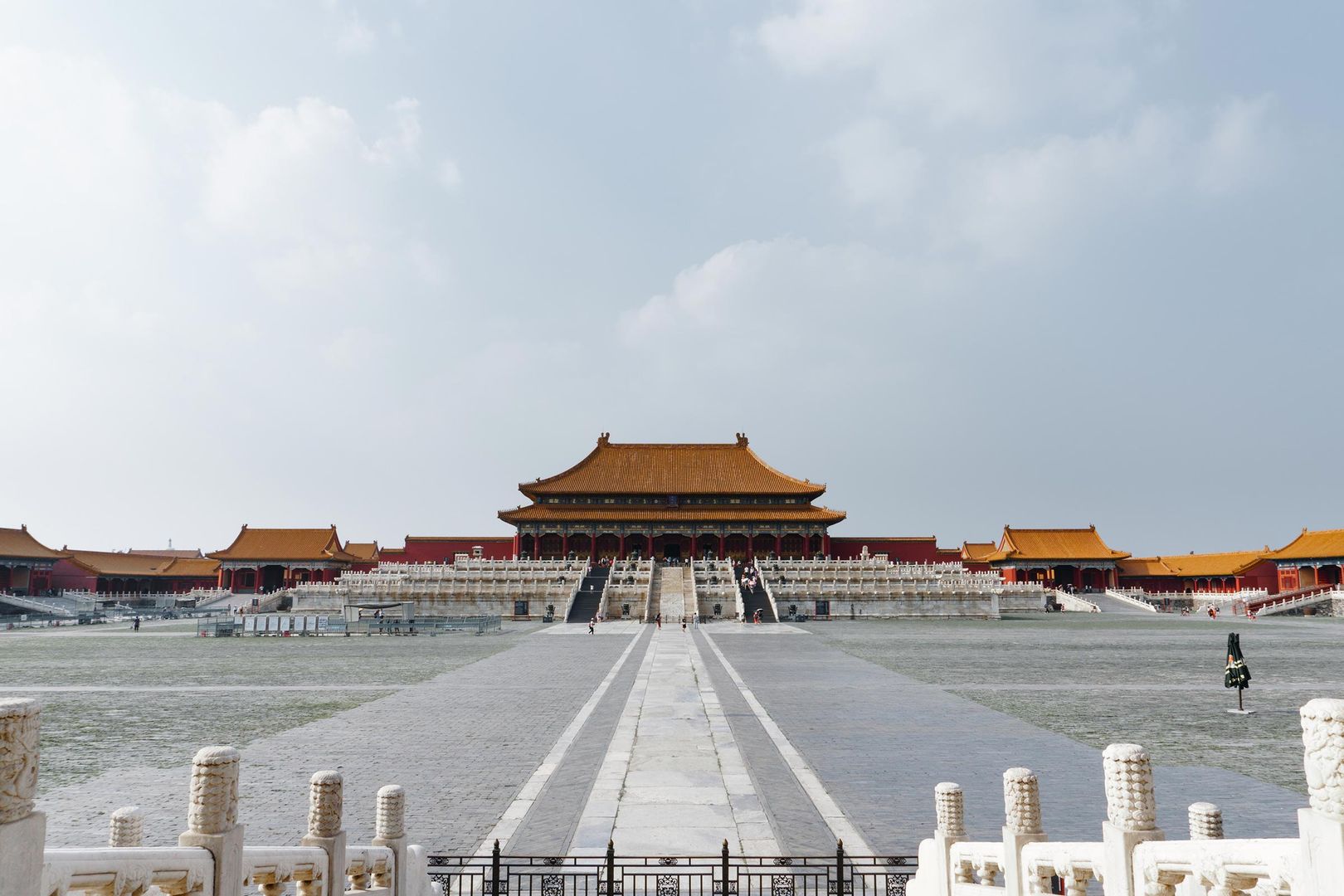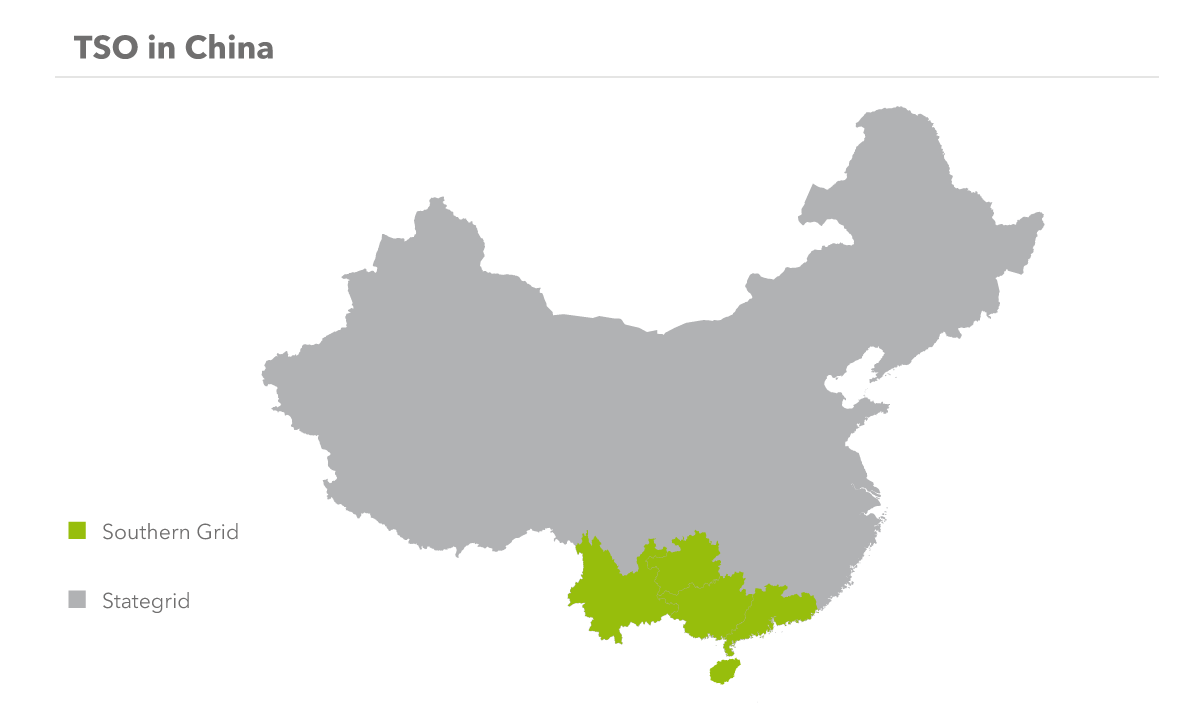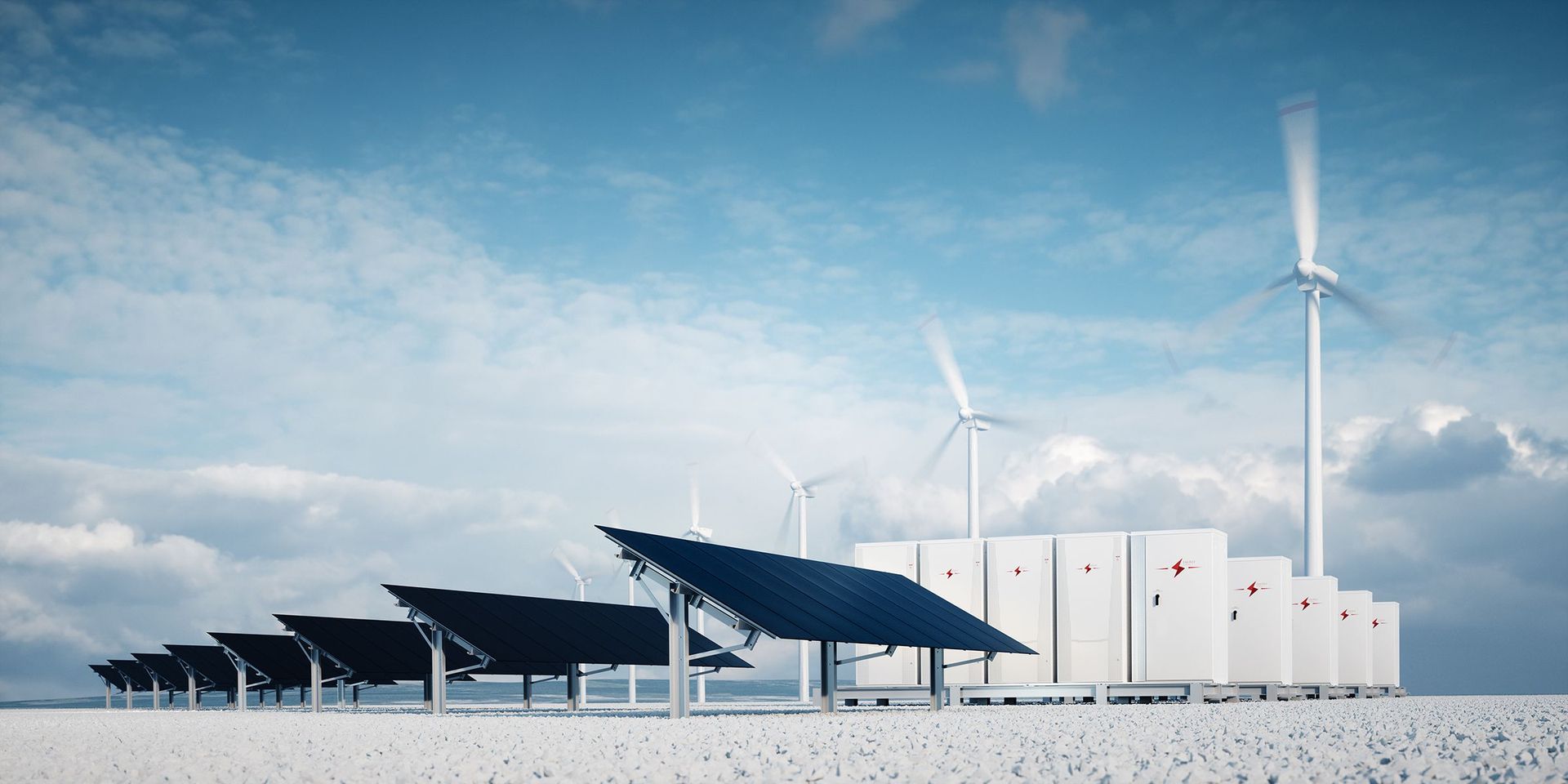Next Stop: China
In our blog series “Next Stop” we are taking a closer at various global energy landscapes. This time our stop is in China, where Jan Völpel from our “Innovation & Development team at Next Kraftwerke visited a workshop on demand side flexibility.
Table of Contents

Nils: Hello Jan, you were in China recently. What exactly did you do there?
Jan: Together with DENA, I was at a conference of the CNREC (China National Renewable Energy Centre) in China. The topic of my presentation was how flexible power consumers can be integrated into a Virtual Power Plant.
Nils: In the past months, we have read more and more that China is strongly committed to renewables. Can you say something about the Chinese electricity landscape?
Jan: The expansion of renewables is indeed playing a major role in China at the moment. Not only as a manufacturer of PV modules, most of which come from China, but also in the expansion of power generation, which relies heavily on photovoltaics. In 2018 more than 43 GW of PV were newly installed, in 2017 even more than 50 GW. In the meantime, the total of installed PV capacity in China amounts to more than 170 GW. Given the size of the country and the electricity demand, however, this is only a fraction of the total generation capacity of more than 1700 GW. Wind is about five percent of the total capacity, while hydropower accounts for about ten to fifteen percent. The rest is generated from conventional energy sources, especially hard coal.
The change is urgently needed, because since 2000 China has been responsible for more than 50 percent of the increase in global electricity consumption and 80 percent of coal consumption.
Read more
Nils: And what is the distribution of electricity generation like in relation to the size of the country? Are the individual power plants close to the major cities?
Jan: Not necessarily. For example, a large proportion of the wind turbines are installed on the north-east coast and the electricity then has to be transported to the corresponding metropolitan regions. This shows one of the major problems of the Chinese energy landscape: the transport of electricity. Due to the long distances involved, bottlenecks occur again and again. Since the power lines cannot be subjected to such high loads, congestion management is needed frequently.
Nils: I see. What is it like between the individual regions? Are there differences? Different transmission system operators?
Jan: Those are actually two different questions. On the one hand, the principle "Province not China" applies to China. This means that each province is responsible for its own electricity landscape. In addition, there are actually only two state-owned transmission system operators (TSOs). Stategrid has more than 90 percent of the shares in the entire Chinese grid and more than 1.5 million employees. The second TSO is Southern Grid, which is only active in the southwestern region around Guangzhou.

Nils: What exactly does it mean that the provinces are responsible for their own market design?
Jan: On the one hand, it means that each province has its own flexibility products. This ranges from different demand-response measures to the varying design of standard service products. On the other hand, there are only a few provinces with spot markets. These are operated by Stategrid. In general, it can be said that the energy industry is still strongly oriented towards the classic planned economy.
Nils: Ah ok. And how can I imagine the role of renewables? Who operates these plants? Are they being aggregated? Can they participate in the spot market or in the market for balancing power?
Jan: Renewable energies primarily belong to state operators. In some provinces, they can also participate in the spot market. However, this is not necessarily the case everywhere. In addition, renewables (in contrast to Germany, for example) do not have feed-in priority. If too much electricity is produced, renewables are switched off. In addition to this, the standard output is currently only provided by conventional power plants. Furthermore, DSM measures are the more preferred way of dealing with frequency fluctuations. Plans to aggregate renewables are still at a very early stage.
Nils: In what way?
Jan: Ideas that we have seen during our visit to one of the largest manufacturers of wind turbines, for example, go more in the direction of merging renewables into microgrids and then networking them within an onsite VPP to cover the electricity needs of large consumers.
Nils: And what are China's plans for the future with regard to renewable energies?
Jan: China has the goal of expanding PV to 1.3 TW by 2035 and achieving a total installed capacity of two terawatts by 2050. Wind should reach 1800 TWh by 2030 and produce up to 3300 TWh by 2050. Chinese hydropower is already one of the global leaders in this field. This role is to be further expanded in the coming years. By 2050, 70 percent more capacity is to be installed. Biomass plays a subordinate role in China. Here the plan is to have almost 60 GW of capacity installed by 2050.
Overview of China's energy sector:
| Power consumption: | 6 313TWh (2017) |
| Electricity mix*: | Fossile energy sources: 62,31 % Nuclear: 2,06 % Hydropower: 17,92 % Wind: 9,33 % Solar: 7,44 % |
| Percentage of renewable energies: | 35,56 % |
| INDCs in the Paris Agreement: | China will cut its CO2 emissions per unit of GDP by 60-65% from 2005 level by 2030, aiming to increase non-fossil fuel sources in primary energy consumption to about 20% by the same date. However, China “will work hard” to peak its CO2 emissions before 2030 /td> |
| * 2017 |



